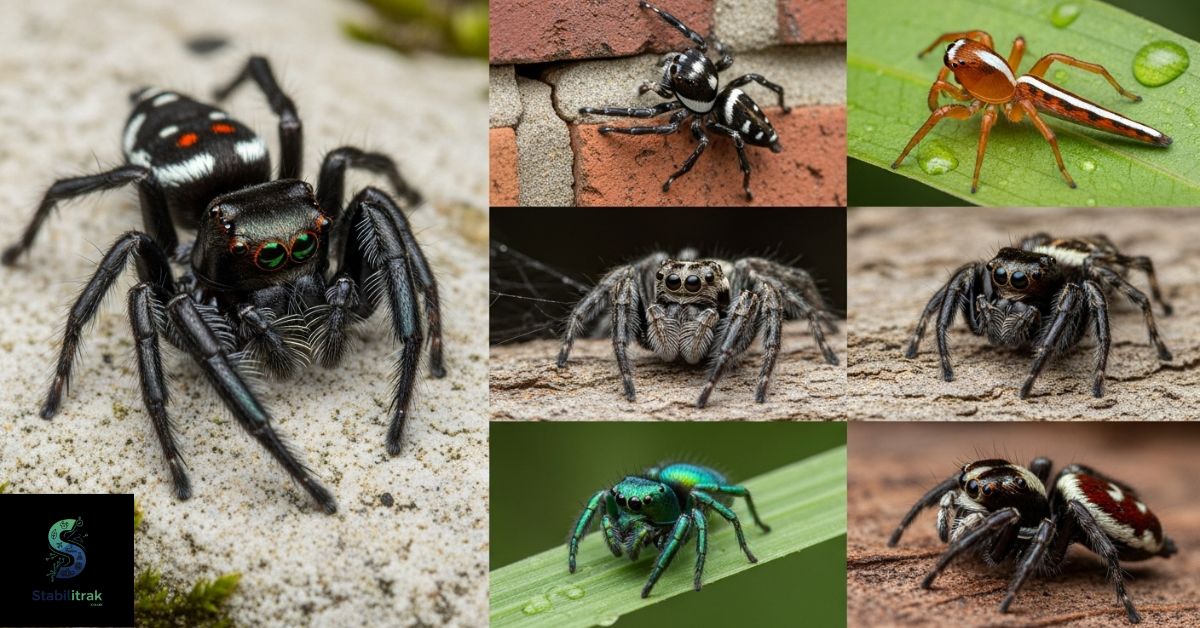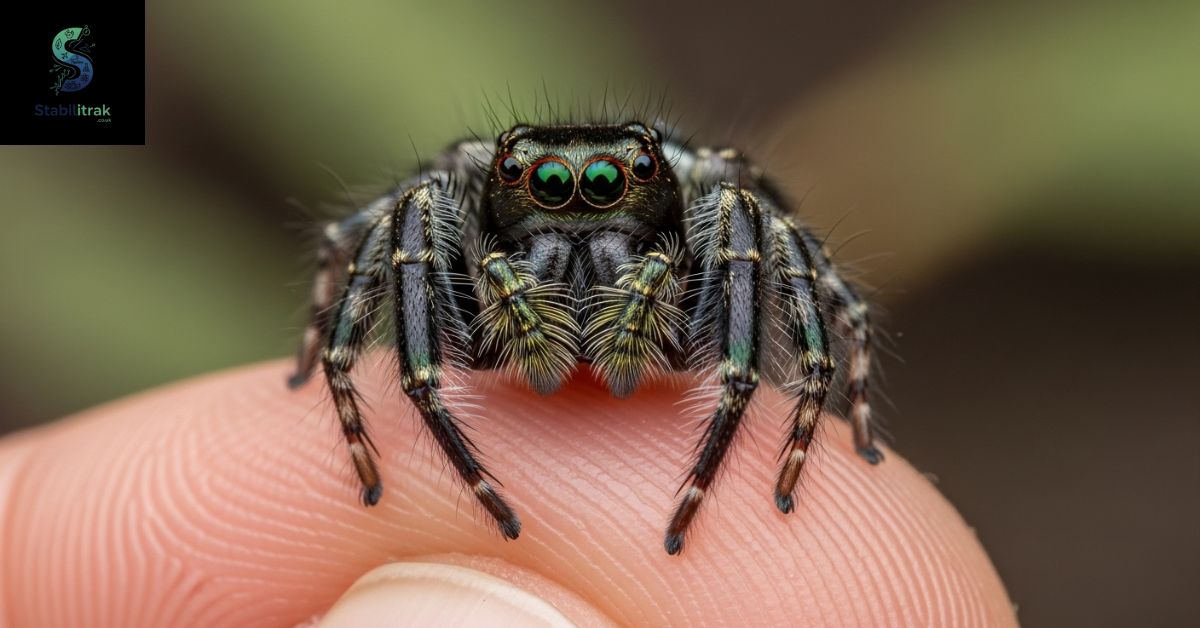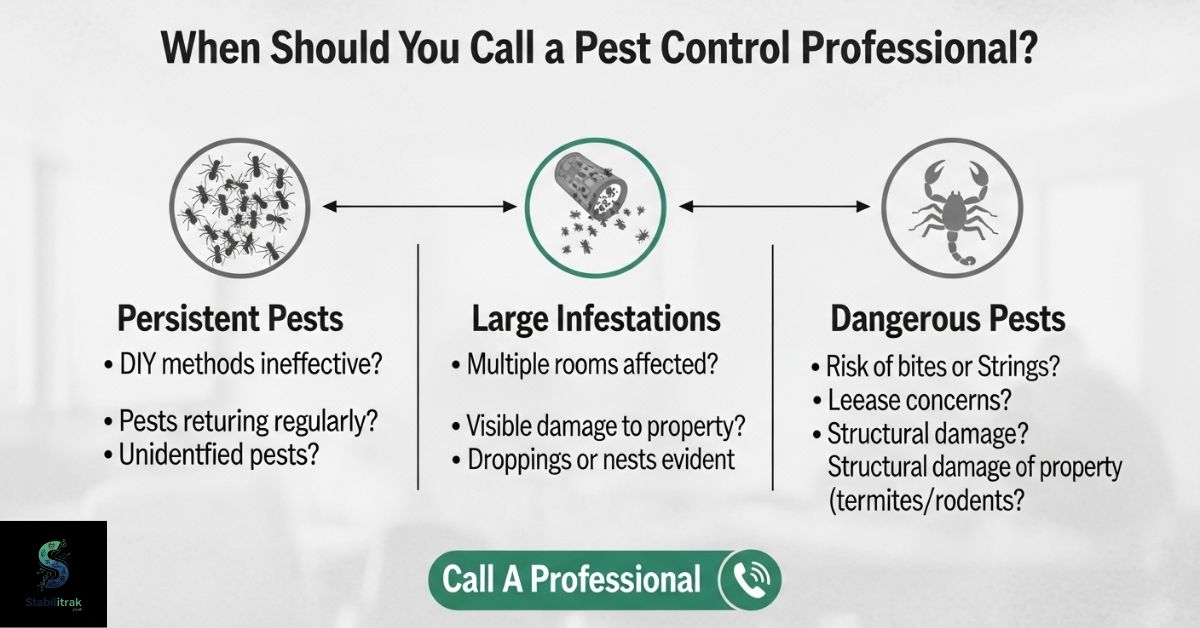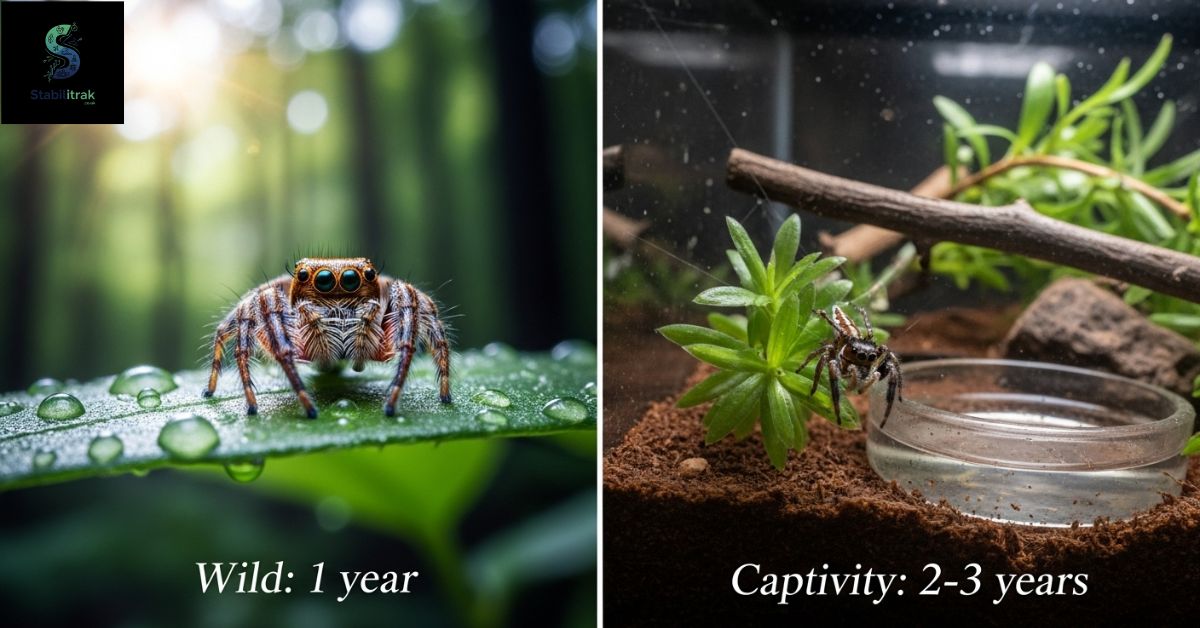Ever watch a tiny spider hop across your wall and wonder how long these little acrobats actually stick around? You’re not alone. Many people are fascinated by their curious nature and quick movements, but don’t really know much about how long jumping spiders live or what affects their lifespan.
In this blog, we’ll break down everything you need to know about how long jumping spiders live, what shortens or extends their lifespan, and how their life in the wild compares to captivity. Whether you’re just curious or keeping one as a pet, you’ll find clear and simple answers right here.
What Are Jumping Spiders?
Jumping spiders belong to the family Salticidae, which includes more than 6,000 species worldwide. Unlike web-building spiders, they rely on their excellent vision and agility to hunt prey. You’ll usually spot them on walls, plants, or sunny windows where they can stalk small insects.
These spiders are known for their vibrant colors and incredible eyesight. In fact, they have four pairs of eyes, with the large central pair giving them binocular vision similar to that of humans. This allows them to judge distance perfectly before leaping on unsuspecting prey.
The Life Cycle of Jumping Spiders
Like other arachnids, jumping spiders go through several stages in their life cycle: egg, spiderling, and adult. The process begins when a female spider lays eggs inside a silk egg sac, which she guards carefully. After a few weeks, spiderlings hatch and stay near their mother for protection before venturing out on their own.
Their lifespan depends heavily on species, climate, and habitat. In the wild, environmental factors like temperature, predators, and food availability play a big role. Indoors or in captivity, where conditions are controlled, jumping spiders live longer because they face fewer threats.
How Long Do Jumping Spiders Live?
On average, most jumping spiders live between six months and two years. However, females generally outlive males. Female spiders can survive for up to 18 to 24 months, while males usually live only about a year. Once males reach maturity, their focus shifts to mating, and they often die soon afterward.
In captivity, with proper care and steady food, jumping spiders live longer, sometimes exceeding two years. The absence of predators and consistent feeding extends their life expectancy. In contrast, in the wild, lifespan can vary greatly depending on species, environment, and climate.
Here’s a quick breakdown:
| Species | Average Lifespan (Wild) | Average Lifespan (Captivity) |
| Phidippus audax (Bold Jumping Spider) | 9 to 12 months | Up to 2 years |
| Salticus scenicus (Zebra Jumping Spider) | 8 to 10 months | 1.5 to 2 years |
| Phidippus regius (Regal Jumping Spider) | 1 year | 2 years or more |
| Maratus volans (Peacock Jumping Spider) | 6 to 8 months | Up to 1 year |
Types of Jumping Spiders You Might Spot

Bold Jumping Spider (Phidippus audax)
This common North American spider is easy to identify by its black body with white spots and metallic green fangs. They’re confident hunters and are often seen around homes and gardens.
Zebra Jumping Spider (Salticus scenicus)
Named for its black-and-white striped pattern, the zebra jumper is small but active. You’ll often find it near windows, walls, and fences, hunting tiny insects.
Regal Jumping Spider (Phidippus regius)
Native to Florida and the southeastern United States, this species is one of the largest in the Salticidae family. Females are larger and usually more colorful, with shades of orange, white, or gray.
Peacock Jumping Spider (Maratus volans)
Famous for its bright colors and dance-like courtship display, the peacock jumper is a favorite among spider enthusiasts. Males use their colorful flaps to attract females, making them one of nature’s most striking arachnids.
What Do Jumping Spiders Eat?
Jumping spiders are active daytime hunters. Instead of spinning webs, they stalk and pounce on prey like flies, mosquitoes, moths, and even other small spiders. Their diet helps control insect populations naturally, making them beneficial to have around homes and gardens.
In captivity, they eat fruit flies, small crickets, or mealworms. Feeding them two or three times a week keeps them healthy and energetic. Because they use vision to detect movement, live prey is preferred over dead insects.
Read More Article: Why Are Catamaran Charters So Expensive?
Are Jumping Spiders Dangerous or Poisonous?

Despite their fierce hunting skills, jumping spiders are harmless to humans. They do have venom, but it’s only strong enough to paralyze small insects. Their bites are infrequent and usually occur only when they feel trapped. Even then, the reaction is mild, similar to a mosquito bite.
In fact, most people find them friendly and curious. They often turn their heads to watch humans or follow movements, which adds to their charm. So, while they might look intimidating, there’s no reason to fear them.
How Do Jumping Spiders Get Indoors?
These tiny spiders can sneak inside through gaps in doors, windows, or cracks around your home. They’re often drawn to indoor plants or sunny spots where insects gather. Houses with high insect activity, like fruit flies or gnats, naturally attract jumping spiders because of the food source.
Regular cleaning, sealing entry points, and using natural deterrents like peppermint oil can help keep them outside. However, if you notice too many spiders or egg sacs indoors, you might need a professional pest inspection.
Preventing Spider Problems at Home
While most jumping spiders are harmless, nobody wants a full-blown spider invasion. You can reduce their presence by focusing on pest prevention and habitat control:
- Seal cracks and gaps around windows and doors.
- Remove clutter from basements, garages, and attics.
- Keep outdoor lights minimal, since they attract insects.
- Trim vegetation near your home’s foundation.
- Store firewood away from walls or doors.
Remember, spiders go where food is. Keeping other pests away is the best long-term spider control strategy.
Read More Article: How Long Does Botox Last?
When Should You Call a Pest Control Professional?

If spiders start appearing regularly inside your home, or if you notice webbing and egg sacs in multiple rooms, it’s time to contact a professional pest control service. In places like Florida and Texas, pest companies such as AAA Pest Control or Alta Pest Control offer specialized spider extermination and prevention plans.
Professional technicians can:
- Inspect your property for entry points.
- Treat both interior and exterior areas.
- Use safe, targeted products for spider control.
- Provide maintenance plans to keep your home pest-free.
They’ll also teach you about spider behavior and prevention tips, ensuring the problem doesn’t return.
Conclusion
So, how long do jumping spiders live? Typically, around one to two years, depending on their species and environment. Females live longer than males, and those in captivity often outlast their wild counterparts. While they might startle you at first, these tiny hunters play a vital role in keeping other pests under control.
If you ever spot one hopping around your home, remember it’s probably just looking for a snack, not trouble. But if you’re seeing too many, a quick pest inspection can help you manage the issue safely and effectively.
FAQs
1. Jumping spider for sale
You can find jumping spiders for sale through online pet stores or exotic breeders. Always choose reputable sellers who provide healthy spiders and basic care guidance.
2. How long do jumping spiders live in captivity?
In captivity, jumping spiders live around 1.5 to 2 years on average. Proper feeding, temperature, and humidity help them reach their full lifespan.
3. How long do jumping spiders live without food?
Adult jumping spiders can survive about a week to two weeks without food, depending on their size and age. However, regular feeding keeps them healthy and active.
4. What do jumping spiders eat?
Jumping spiders eat small insects like flies, crickets, and moths. They prefer live prey since they hunt by sight and movement rather than trapping food in webs.
5. How long do jumping spiders live after laying eggs?
Female jumping spiders often live a few months after laying eggs. Many die naturally once their spiderlings hatch and become independent.
6. How long do jumping spiders live in California?
In California’s mild climate, most jumping spiders live about one year in the wild. Indoors or in controlled environments, they can live up to two years.
7. How long do jumping spiders sleep?
Jumping spiders don’t sleep like humans, but they rest at night in silk shelters. During this time, their body and movements slow down for recovery.
8. Do jumping spiders bite?
Yes, but rarely. Jumping spiders are not aggressive, and their bite is harmless to humans it may cause only mild redness or irritation if it happens.

